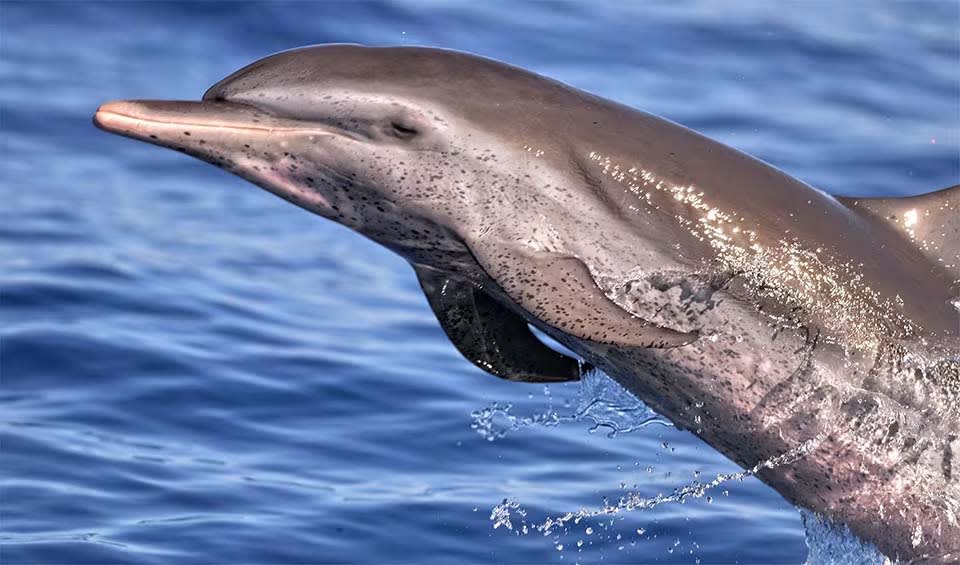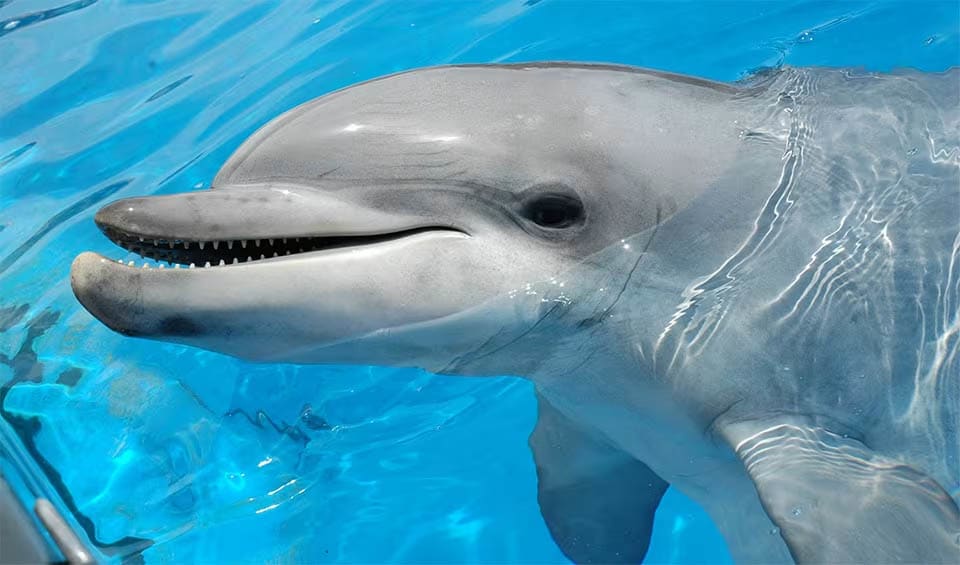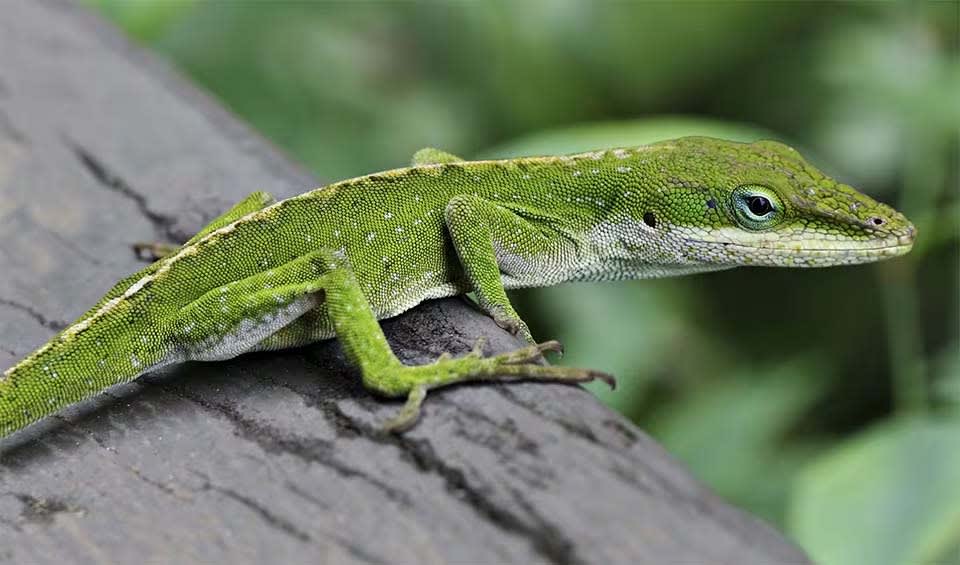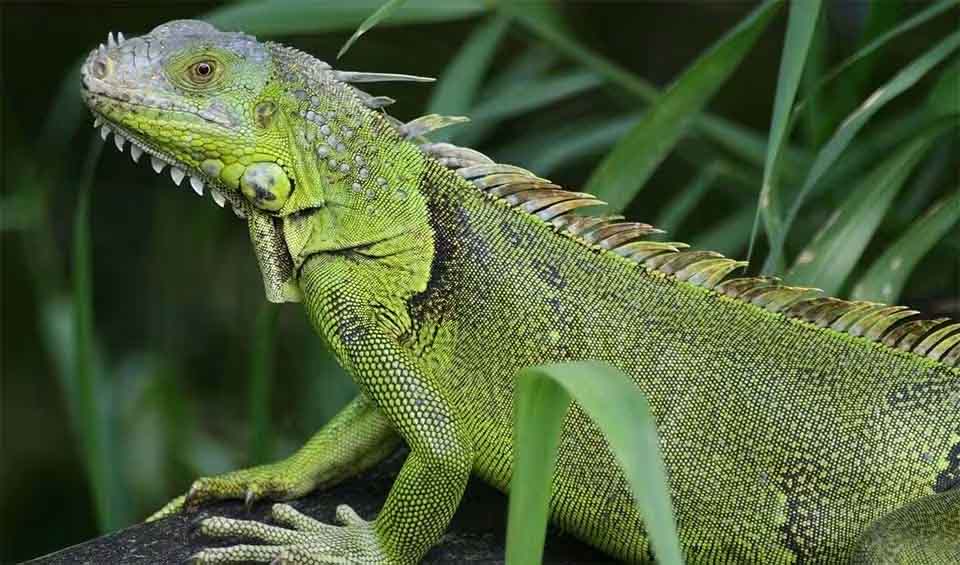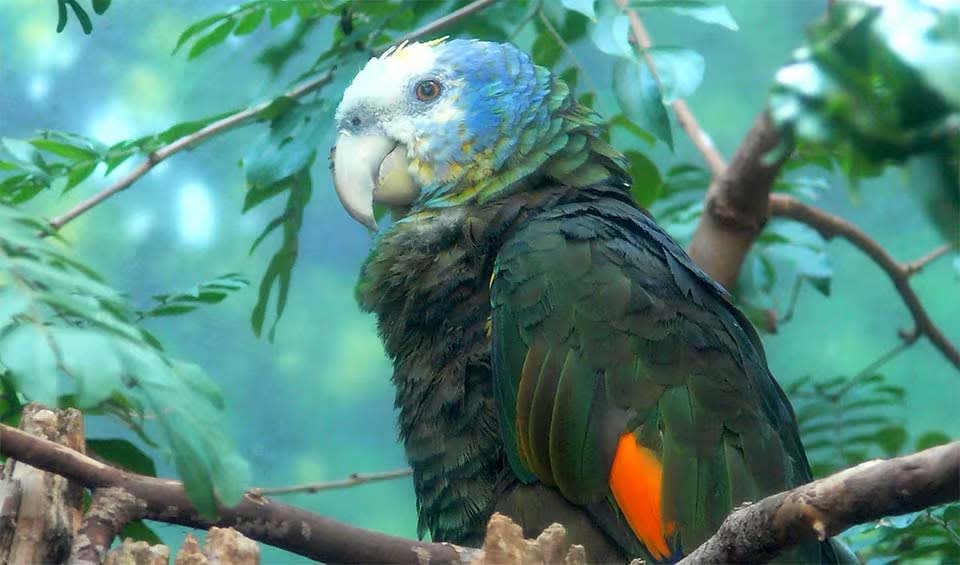Saint Vincent and the Grenadines, a stunning island nation in the Caribbean, is celebrated for its breathtaking landscapes, rich biodiversity, and vibrant culture. Located in the Lesser Antilles, Saint Vincent and the Grenadines lies south of Saint Lucia and north of Grenada. The islands are volcanic in origin, featuring rugged terrain with mountains, valleys, and coastal plains. The climate is tropical, with warm temperatures year-round and a wet season from June to November. The islands’ diverse geography and climate create a variety of ecosystems, from coastal mangroves to montane forests.
The landscapes of Saint Vincent and the Grenadines are extraordinarily diverse and captivating. The main island of Saint Vincent is dominated by La Soufrière, an active volcano that offers challenging hikes and spectacular views. The island’s interior is covered with lush rainforests, home to cascading waterfalls like the Dark View Falls and the Falls of Baleine. The coastline features pristine beaches with soft, white sand and clear blue waters, perfect for relaxation and water activities.
Four pillars elaborated:
St. Vincent and the Grenadines boasts a diverse protected areas system, including one marine park, seven marine conservation areas, twenty-four wildlife reserves, and seven forest reserves. These areas were established under various legislative acts, with the National Trust laying the foundation in 1969. The Tobago Cays Marine Park plays a crucial role in conserving the islands’ marine biodiversity and coral reefs, while the Vermont Nature Trail on the main island of Saint Vincent protects the habitat of the Saint Vincent parrot, highlighting the country’s commitment to preserving its natural heritage. Land Management
Land Management
The country’s biodiversity faces numerous threats, including ineffective land use planning, deforestation, excessive use of agro-chemicals, forest fires, sand mining, destructive harvesting practices, and habitat loss due to squatting and development. Invasive alien species pose significant challenges to forest and marine biodiversity, while threats to agricultural ecosystems include export markets, genetic erosion, and introduced pathogens. Threats to Biodiversity
Threats to Biodiversity
Unplanned development and unregulated use of coastal and marine resources have led to degradation, including overfishing, coastal habitat destruction, and coral bleaching due to global climate change. These factors make the country increasingly vulnerable to natural disasters, with the impacts expected to worsen under climate change.
Several species in Grenada are legally protected through various measures such as bans, quotas, closed seasons, and trade restrictions. The country has specific management objectives and strategies outlined in the Draft Fisheries Management Plan for various fisheries, including coastal pelagics, large pelagics, shallow-shelf and reef fishes, deep-slope fishes, lobster, and conch. Efforts to improve the status of agricultural crops threatened by invasive species are included in the Ministry of Agriculture’s work plan, encompassing programs like the Mango Seed Weevil Eradication Programme and the Pink Mealy Bug Eradication/Control Programme. Capacity and Governance
Capacity and Governance
Additionally, the government is promoting sustainable livelihoods, the development of value-added products, transitioning to lower harvesting pressure fisheries, using selective fishing gear, and conducting forest patrols to reduce unsustainable consumption of biological resources. Capacity-strengthening initiatives are also central to the Sustainable Grenadines project, aiming to empower local communities to sustainably use and manage their resources. Environmental Impact Assessments and Strategic Environmental Assessments are in place, with provisions for biodiversity assessments in the draft Environmental Management Act (2009). Furthermore, the Integrated Forest Management and Development Programme addresses deforestation and illegal forestry activities.
The St. Vincent and the Grenadines Development Plan 2013-2025 outlines the country’s vision for economic and social development, emphasizing environmental sustainability. Key objectives include promoting sustainable tourism, improving infrastructure, enhancing agricultural productivity, and fostering human capital development through education and healthcare improvements. The plan also prioritizes the conservation of natural resources, with strategies to protect marine and terrestrial ecosystems, reduce carbon emissions, and promote renewable energy sources. Additionally, the plan aims to strengthen disaster resilience and climate change adaptation measures, ensuring the sustainable and equitable growth of St. Vincent and the Grenadines. Future Trends
Future Trends
Biodiversity
Saint Vincent and the Grenadines, a Caribbean nation consisting of the main island of Saint Vincent and a chain of smaller islands known as the Grenadines, is celebrated for its rich biodiversity and diverse ecosystems. The main island features lush rainforests and volcanic landscapes, with the active La Soufrière volcano being a prominent feature. These forests, such as those in the Vermont Nature Trails, are home to a variety of endemic species, including the Saint Vincent parrot and the whistling warbler. The island’s fertile volcanic soil supports many plant species, and its forests provide habitats for numerous birds, reptiles, and insects.The coastal and marine environments of Saint Vincent and the Grenadines are equally diverse and vibrant. The mangrove forests, found in areas like Buccament Bay, protect the coastline and serve as nurseries for fish and other marine life. Coral reefs surrounding the islands are teeming with marine biodiversity, including sea turtles, colorful fish, and various invertebrates, making the region a popular destination for diving and snorkeling.
In the table below are the number of known species in several main groups, how many of these species are Threatened with extinction, and how many of them are Endemic (unique to St. Vincent and the Grenadines only):
| Species (World rank) |
Threatened | % Threatened | Endemic | % Endemic | |
|---|---|---|---|---|---|
| Mammals | 36 (#172) | 2 | 5.6% | 2 | 5.6% |
| Birds | 168 (#177) | 4 | 2.4% | 2 | 1.2% |
| Reptiles | 5 (#201) | 8 | 160.0 | 5 | 100.0% |
| Amphibians | 5 (#162) | 1 | 20.0% | 1 | 20.0% |
| Fishes | 486 (#123) | 35 | 7.2% | 1 | 0.2% |
| Plants | 1,358 (#167) | 6 | 0.4% |
mammals
Pantropical spotted dolphin
A champion swimmer and a social butterfly of the warm seas
Common bottlenose dolphin
Known for their acrobatic leaps, twisting and turning gracefully as they jump completely out of the water
birds
Peregrine falcon
At the speed of over 321 km/h (200 mph), this bird outraces a Formula1 car
American kestrel
The smallest of falcons in the entirety of America, but you would be mistaken to take this bird lightly
Lesser black-backed gull
A common sight in coastal regions throughout the Northern Hemisphere
reptiles
Green anole
Really good at climbing trees and fences because their feet have special sticky pads that help them stick to almost anything!
Loggerhead sea turtle
One of the largest and strongest sea turtles in the world
Green iguana
From the US down to Brazil, this trans-American lizard is the most common iguana
National Animals
Saint Vincent amazon
One of the rarest and most range-restricted Amazon parrots
